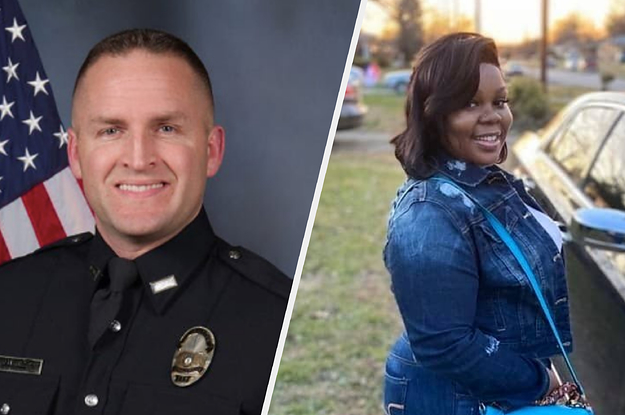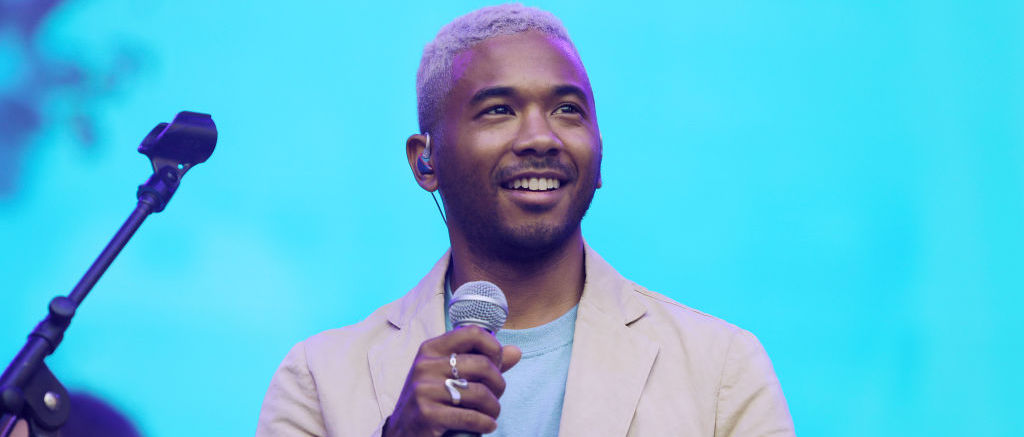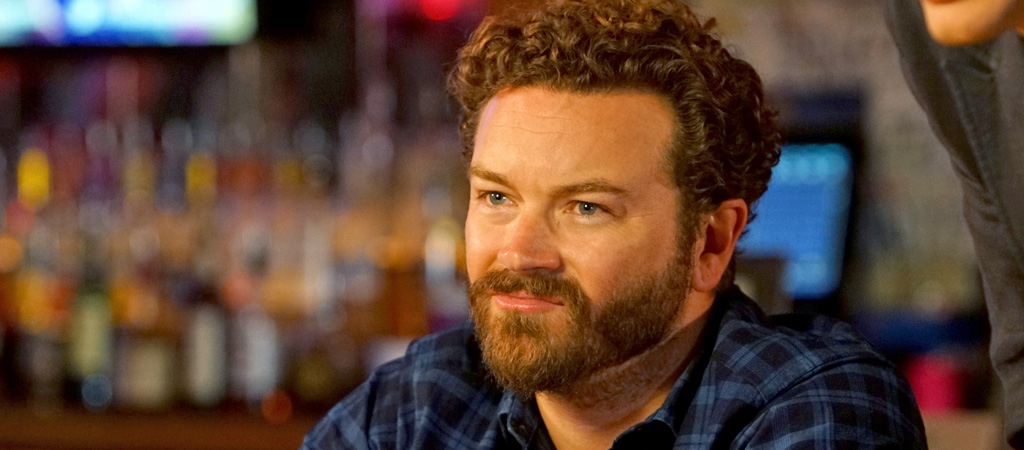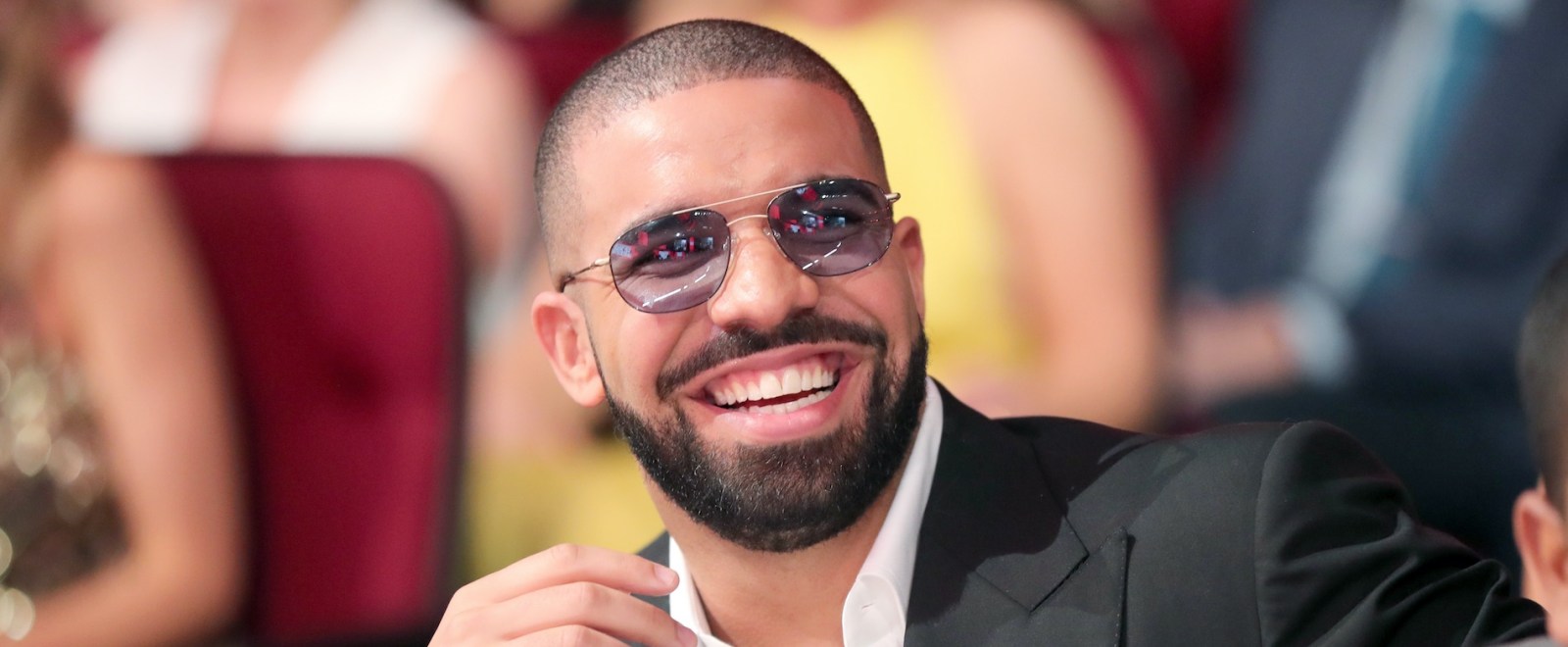It’s almost Father’s Day and the “father figure” in your life — define that term however you want! — deserves more than a bottle of cheap, drugstore cologne or a gift card. This year, instead of Googling “gifts for Father’s Day” and then picking the most inexpensive one, actually buy him something worthwhile.
By “worthwhile” we mean whiskey. We always mean whiskey. Nothing says that you appreciate everything your dad has done for you quite like a bottle of bourbon. David Powell, brand ambassador at Hudson Whiskey, explains that picking the right bottle for your dad isn’t easy. That’s part of what makes it such a thoughtful gift.
“It’s hard to narrow this one down, the category is so expansive and there are so many amazing bourbons out there,” he says. “For me, it would have to be more about what my dad is into more so than just dropping him a bottle of Hudson just because I can.”
Find out what your dad is into. Drop a few hints to see what he’s been drinking lately or if he’s open to trying something new. If you get stumped, take a few hints from some of our favorite bartenders.
Woodford Reserve Double Oaked
Caleb Kimbley, bartender at The Beehive in San Francisco
It has to be something timeless and as special as the person receiving it. That is Woodford Reserve Double Oaked, a sophisticated bourbon that’s been around the block more than once.
Eagle Rare
Danny Caffall, lead bartender at The Mansion Bar in Dallas
Eagle Rare. Fantastic juice at a good price and not hard to find. I like to give people things that they will enjoy, preferably with me. If you give someone a really expensive bottle, they may never open it or only on special occasions.
AD Laws Four Grain Straight Bourbon
Seth Lowe, owner of 39 North Spirits in Eagle, Colorado
As for a bourbon, our pick would be AD Laws Four Grain Straight Bourbon Whiskey-Bonded. It’s the first bonded whiskey in the history of Colorado, and again clocks in at around 100-proof. All the whiskey is aged a minimum of 6 plus years. A great gift for Father’s Day because of the exclusivity of this limited release. Its not the easiest to find and with a price tag that is typically over $100, this one isn’t an everyday bourbon, and would work well as a special gift for dad.
Long Acre Long Hair Jim
Nancy Conaway, bartender at Republic Street Bar in Fort Worth, Texas
Long Hair Jim by Acre Distillery. A quality spirit that is part of my local Fort Worth community. The locals can even enjoy a fun afternoon sitting at the distillery enjoying some lovely libations with dad.
W.L. Weller Antique 107
Zack Musick, beverage director at Merriman’s in Hawaii
W.L. Weller Antique 107 will always be a standout bourbon for me. What separates W.L. Weller from other brands is the amount of wheat that goes into their mash bill, making it one of the smoother options out there. Any true whiskey lover would appreciate having a bottle of Weller to add to their collection.
Maker’s Mark
Kenneth McCoy, chief creative officer at The Rum House in New York City
Maker’s Mark bourbon will always be my go-to whiskey. Great for the novice or the well-seasoned whiskey drinker. Super smooth, easy to drink, and makes a killer Manhattan.
Koval Single Barrel
Robert Swain Jr., owner of OnTheRoX Bartending Services in the British Virgin Islands
Koval Single Barrel Bourbon comes to mind when I think of the ultimate drink for the man of the house. With a few flavors that dance on your palate — like apricot, caramel, and tobacco, Koval can definitely be served neat. No chaser or ice required.
Knob Creek Single Barrel
David Powell, brand ambassador at Hudson Whiskey
I’d probably find him a bottle of Knob Creek Reserve Single Barrel because Knob Creek is the first whiskey that I remember him ordering from me at Red Rooster. It would be a nice way of giving him something that I know he likes, just a slightly more unique version of it.
Wild Turkey Master’s Keep
James Simpson, beverage director at Espita in Washington, DC
Wild Turkey Master’s Keep – Jimmy Russell’s name is synonymous with excellent bourbon, and his son Eddie joined him in the Bourbon Hall of Fame in 2010. This bottle is Eddie’s first release as master distiller, an incredible limited edition 17-year-old bourbon that celebrates the passing of tradition from father to son.
Maker’s Mark 46
Tim Wiggins, co-owner and beverage director of Yellowbelly in St. Louis
In my opinion, the best bourbon to gift anyone is their favorite bourbon. Most dads who enjoy bourbon have been drinking their favorite brand for a long while. If the dude loves Maker’s Mark, upgrade him to the Maker’s 46. I think forcing a “better” bourbon on someone who has their standard is not always wise.
Buffalo Trace
Todd Johnston, beverage director at Thompson Nashville
Buffalo Trace is a pretty recognizable name in the world of bourbon and domestic whiskey. It encompasses many different labels, several of which are fairly small production and limited in their release. If you can’t find some of the more rare releases like Pappy Van Winkle then Weller is the way to go. Not only is it easier to find but it is wildly less expensive and is made up of the same wheated mash bill as Pappy.
Weller 12 Year
Brock Schulte, bar director of The Monarch Bar in Kansas City
Weller 12 Year or Full proof is probably a favorite of mine. It’s rich, full-bodied, and has a long finish. Weller is a staple for quality and collectability.
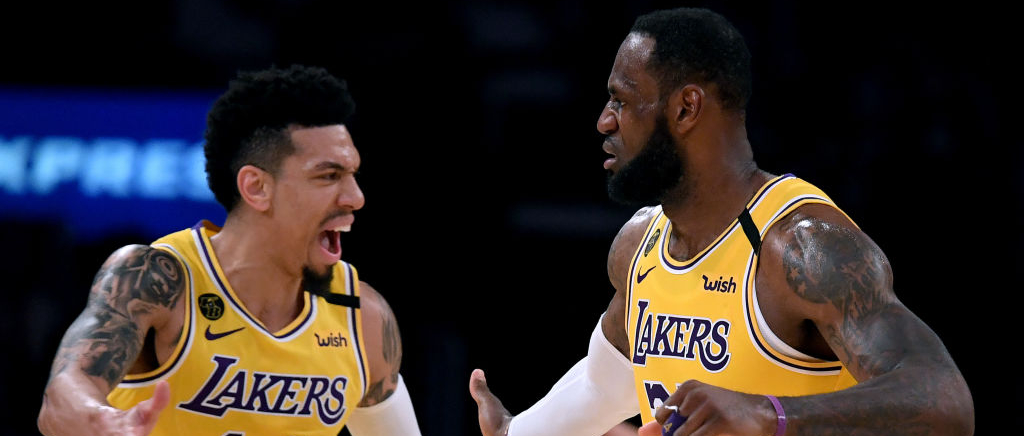


 via Wikimedia Commons
via Wikimedia Commons